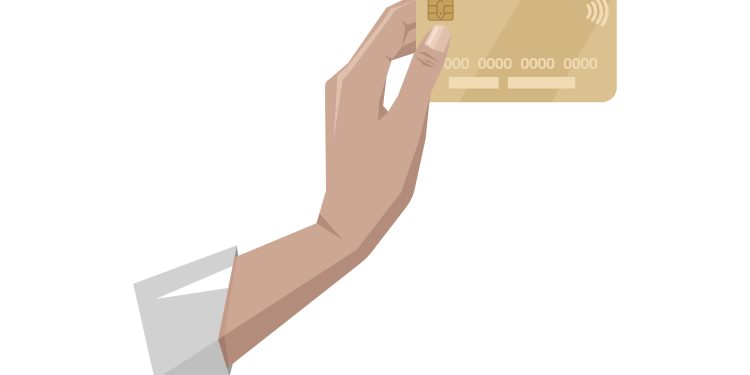The days of the plastic payment card are surely numbered. While they account for only a small fraction of a percentage of all the plastic items manufactured globally, there are still several billion being issued each year.
But environmental concerns mean that plastic cards – which are technically made from polyvinyl chloride, better known as PVC — are becoming unpopular with consumers. They’re also expensive to issue, costing around $7 apiece. That’s why we are starting to see alternatives hitting the market, including cards made from PLA (polylactic acid), wood, metal, recycled PVC and even cards made from recycled plastic collected in coastal areas.
While it’s great to see so many financial institutions getting on board with the UN’s Principles for Responsible Banking, we must also recognise that many of them are also using their eco-friendly cards as a way of attracting the attention of potential customers. But I would argue that fintechs that want to secure a strong future for themselves in a world where plastic payment cards have gone the way of the dodo need to go much further than this.
Why use physical cards at all?
Advances in payments technology and infrastructure mean that many of us don’t need to use physical cards — no matter what material they’re made of — any more. We simply use our smartphones or wearables, activating Apple Pay or Google Pay or Samsung Pay in a matter of seconds, make our purchase, and we’re on our way again.
The growth in so-called ‘tokenized’ payment solutions, which allow users to make card payments without actually using the card itself, has undoubtedly been driven by consumer demand. Many people don’t want to carry their wallet or purse around with them, so they are asking for digital wallets instead. These wallets live in our smartphones, alongside all of the other essential services we need to access on a daily basis: maps, the internet, email, messaging services and so on. As the Wall Street Journal said last year: “Wallets are over. Your phone is your everything now.”
In some cases, we don’t even need our phone, and can use a wearable device such as a fitness tracker, a ring, or watch to make the payment. It is an incredibly slick and convenient process for the consumer; however, it does mean that the financial service provider that issued the card has slipped out of sight somewhat. Cards — particularly those that are made of metal or with a personalized card face — are considered something of a status symbol, though they’re not so easy to flash around on the screen of a phone.
Developing differentiation
But for banking brands that are keen to ensure they remain front of mind with their customers, the actual cards they issue are something they can use as a key differentiator. The color, the feel of the card, the logos that it bears all matter. This is why I think that although *plastic* payment cards will become a secondary payment choice, physical cards of some description will always be around.
But in my view, it is not what the card is made of — PVC, bamboo, titanium, or thin air — that matters. It is what the card represents. And while issuing payment cards made from sustainable materials is a great way of displaying your ecological credentials, financial service providers that really want to stand out and create market-leading banking services for customers need to go much further.
Coming back to the point I made above about logos, fintechs that really want to get ahead of their competitors should think about creating a premium-tier card service level for customers, bearing the unique logos of Mastercard World Elite or Visa Infinite or Platinum.
To work with Visa and Mastercard at a premium level, players will obviously need to meet certain criteria in terms of licensing and accreditation, and have existing relationships with the right financial and technological organizations. They will need to consider tokenizing their card program and will need to have insurance and unique value added services in place. Partnerships with companies that have direct experience of working directly with the card schemes on developing premium tier services would be a distinct advantage.
But if they want to get these logos onto their cards, there is more still that they will have to do. Tangible, value-added services are the key to getting on the radar of Mastercard and Visa and accessing these premium brand marks. Again, it is the partnerships that these organizations have that will matter; partnerships with providers of services that premium-level banking customers are a must.
In summary: True banking innovators have a bright future
At the end of the day, there is a massive opportunity for financial institutions to gain a competitive edge by creating truly ‘premium’ services. To be true innovators, players need to have more than just an eco-friendly payment card and think about the features and services that will have real consumer appeal. By developing a strong network of partners that give them access to these services, they stand a good chance of being able to use the brand marks of Mastercard World Elite or Visa Infinite or Platinum on their payment cards — no matter what they are made out of.











